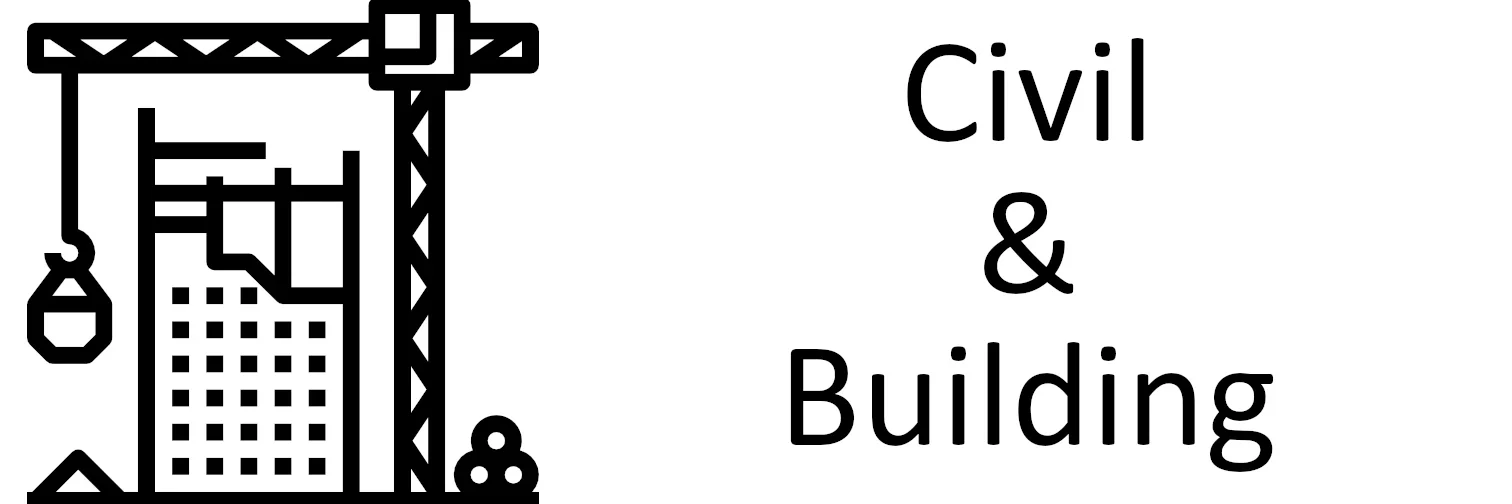Unrelenting in its destructive power, fire can wreak havoc on houses, structures, and infrastructure. To combat this constant danger, scientists and engineers have been working nonstop to create novel approaches to flame protection for buildings. Concrete that is resistant to fire is one amazing remedy that has surfaced. We will discuss the importance of fire-resistant concrete in this blog and how it is transforming the way that our built environment is protected.
Recognizing the Danger
Fire is a serious worry for both homeowners and urban planners since it can weaken and even destroy buildings, posing a serious risk to them. Conventional building materials are prone to fire, especially wood and regular concrete, which might have disastrous effects in the event of a fire. As a result, there is an increasing demand for building materials that are resistant to fire, can endure high temperatures, and preserve the structural integrity of structures.
What is concrete that resists fire?
Refractory concrete, another name for fire-resistant concrete, is a specially made substance that can withstand high temperatures without losing its structural integrity. It is made up of different binders, aggregates, and other additives that are all selected based on how well they tolerate heat. This cutting-edge substance is frequently utilized in construction and is now an essential component of fire safety protocols for both residential and commercial buildings.
How Is Concrete That Is Resistant to Fire?
The special makeup of fire-resistant concrete is the key to its efficacy. Alumina, silica, and other heat-resistant refractory materials—which have a high melting point and superior thermal insulation qualities—are used to form this unique concrete composition. Consequently, fire-resistant concrete is able to tolerate temperatures far higher than those at which regular concrete would crack or otherwise suffer serious harm.
The fire-resistant concrete acts as a barrier to keep the building safe in the event of a fire. By reducing the rate at which heat is transferred to the inside, it prolongs the building’s structural stability. In the event of a fire, this critical moment may be the difference between a building’s survival and destruction.
Utilizing Concrete That Is Fire-Resistant
Fire-Resistant Linings: In hot conditions, fire-resistant concrete is frequently utilized as a lining material. It is used, for example, in the building of industrial furnaces, chimneys, and fireplaces.
Building Construction: To improve fire safety, it is utilized in the construction of fire-resistant floors, walls, and roofs in both residential and commercial structures.
Fire-resistant concrete is used in infrastructure projects to shield tunnels and bridges from fire dangers, guaranteeing their structural integrity in the event of an accident.
Industrial buildings: Because high temperatures pose a persistent threat, it is utilized to line industrial buildings like steel mills and foundries.
Oil and Gas sector: In the oil and gas sector, fire-resistant concrete is essential for building barriers and fireproof enclosures around storage tanks and equipment.
Advantages of Concrete
Enhanced Fire Safety: The main advantage of fire-resistant concrete is that it can shield buildings from flames and stop them from spreading, which is essential for preserving property and lives.
Longevity: Fire-resistant concrete provides durable defense, minimizing the need for regular upkeep and replacements.
Thermal Insulation: Because of its superior thermal insulation qualities, a building can use less energy and be more environmentally friendly.
Structural Integrity: This material guarantees the safety of building occupants by preserving structural integrity even in the face of elevated temperatures.
Versatility: Fire-resistant concrete is an adaptable solution for a range of applications since it can be tailored to meet particular requirements.
Obstacles and Things to Think About
Although fire-resistant concrete is a useful invention, there are a few things to keep in mind:
Installation: To guarantee that the material functions as anticipated in the case of a fire, proper installation is essential.
Cost: The additional fire protection makes fire-resistant concrete worth the somewhat higher price compared to regular concrete.
Maintenance: To ensure that it remains effective, it must undergo periodic inspections and maintenance.
In summary
The incredible advancement of fire-resistant concrete has completely changed the construction industry’s approach to fire safety. Structures and their occupants are provided with essential protection from the destructive effects of fire through its powerful shielding effect. We may anticipate even more creative solutions to surface as our understanding of fire-resistant materials deepens, significantly augmenting the resilience and safety of our built environment. Concrete that is resistant to fire is evidence of how human ingenuity may reduce the potentially devastating effects of one of nature’s most powerful forces.
